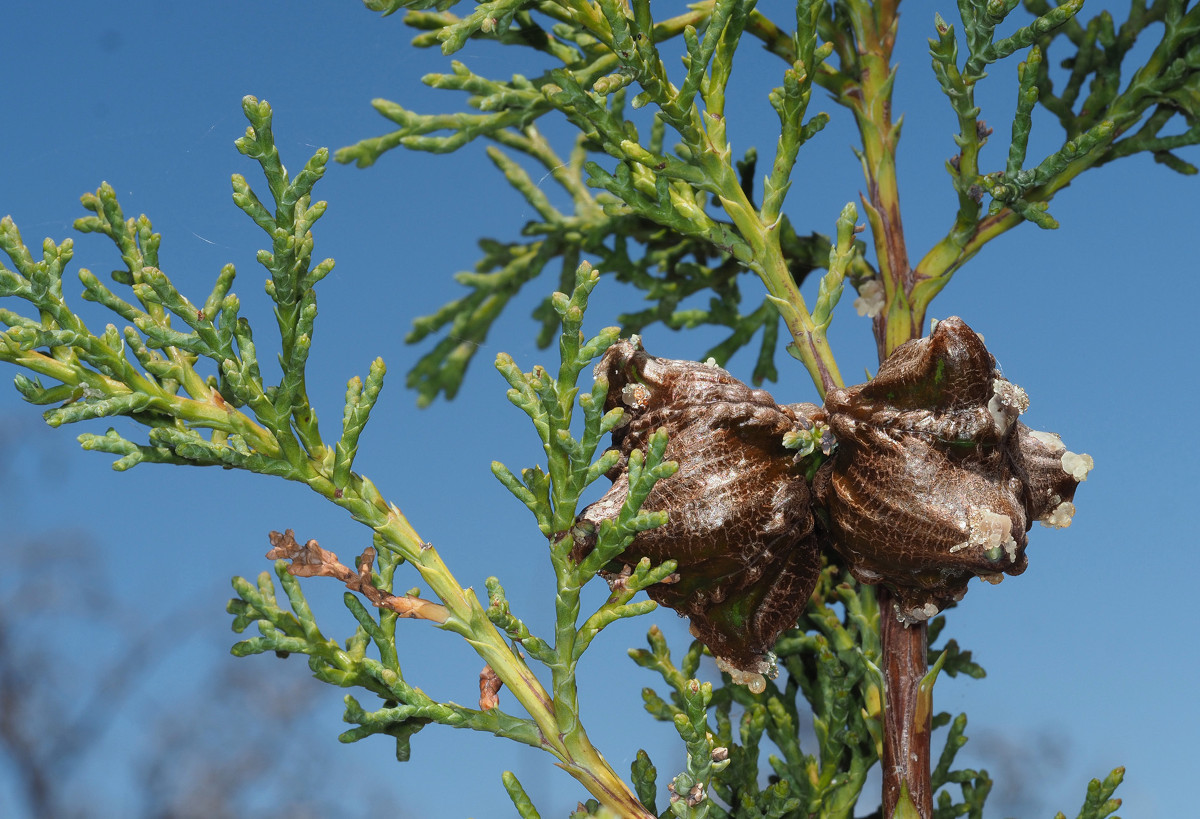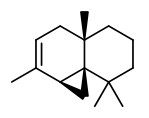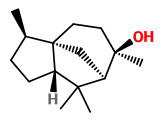Widdringtonia cedarbergensis J.A. Marsh - Cupressaceae
Clanwilliamseder, sederboom (afr.), Clanwilliam cedar, Cape cedar, Clanwilliam Zeder
Critically endangered evergreen tree, endemic to the Cederberg mountains of South Africa; wood light yellow to whitish, resinous, fragrant; bark reddish grey; juvenile leaves needle-like, up to 2cm long, spirally arranged; adult leaves scale-like, up to 4mm long, lying flat along the branches in pairs; male cones up to 2mm, female cones dark brown, spherical, up to 2.5cm in diam.; seeds black-brown, ovoid with a narrow wing.
http://www.conifers.org/cu/Widdringtonia_cedarbergensis.php
„A clear, hard gum yielded by the cones and branches was once used medicinally in the form of fumigations in the treatment of gout, rheumatism or oedematous swellings. It was also used for making plasters and as a varnish.“
http://plantzafrica.com/plantwxyz/widcedar.htm
„Widdringtonia is the only genus of the 16 genera of Cupressaceae present in South Africa. This genus is represented by three species in South Africa; W. nodiflora, W. schwarzii and W. cedarbergensis (= W. juniperoides) and the latter listed as critically endangered. Cedarwood oil (generally obtained from Juniperus species) is widely used as a fragrance material in several consumer products, however, no data has been published on the volatiles of the Clanwilliam cedar (W. cedarbergensis) native to South Africa. The essential oil composition of the wood and leaf oil isolated by hydro-distillation were analysed by GC-MS. The two oils were distinctly different. Twenty compounds representing 93.8% of the total oil were identified in the leaf oil which was dominated by terpinen-4-ol (36.0%), sabinene (19.2%), γ-terpinene (10.4%), α-terpinene (5.5%) and myrcene (5.5%). Twenty six compounds representing 89.5% of the total were identified in the wood oil with the predominance of thujopsene (47.1%), α-cedrol (10.7%), widdrol (8.5%) and cuparene (4.0%).“
[Chemical composition of the wood and leaf oils from the “Clanwilliam Cedar” (Widdringtonia cedarbergensis J.A. Marsh): A critically endangered species. G.P.P. Kamatou, A.M. Viljoen, T. Özek, K.H.C. Başer, South African Journal of Botany, Vol.76(4), 2010, 652-654]
The scent of W.cedarbergensis needles is primarly a mild juniper note due to sabinene, myrcene, limonene and terpinolene, with 3-isopropyl-2-methoxypyrazine present as ultra trace component adding a peculiar earthy green coniderous note. A faint musky note is added by tetradecano-14-lactone accompanied by woody notes of some oxygenated sesquiterpenes like germacra-1(10),5-dien-4-ol.
Main volatile component of the cone resin is myrcene (87%), accentuated by traces of (3E,5Z)-1,3,5-undecatriene (fresh marine green-metallic).
The very pleasent scent of dry old W.cedarbergenis wood „…is especially due the combination of cedrol, 3-isothujopsanone, widdrol, thujopsenal, junicedranol, thujops-2(12)-en-3β-ol, mayurone, and thujops-2(12)-en-3α-ol.“
[Scent of a vanishing flora, Roman Kaiser, 2011, 130-132]

Widdringtonia cedarbergensis, Driehoek-Gabriel's Pass, Cederberg, Western Cape, South Africa (2022)
© Felix Riegel CC BY-SA 4.0 inaturalist.org

